How to integrate Google Analytics data into Olark
Learn how to capture Google Analytics data with each new chat in Olark, so you can track where your leads are coming from.
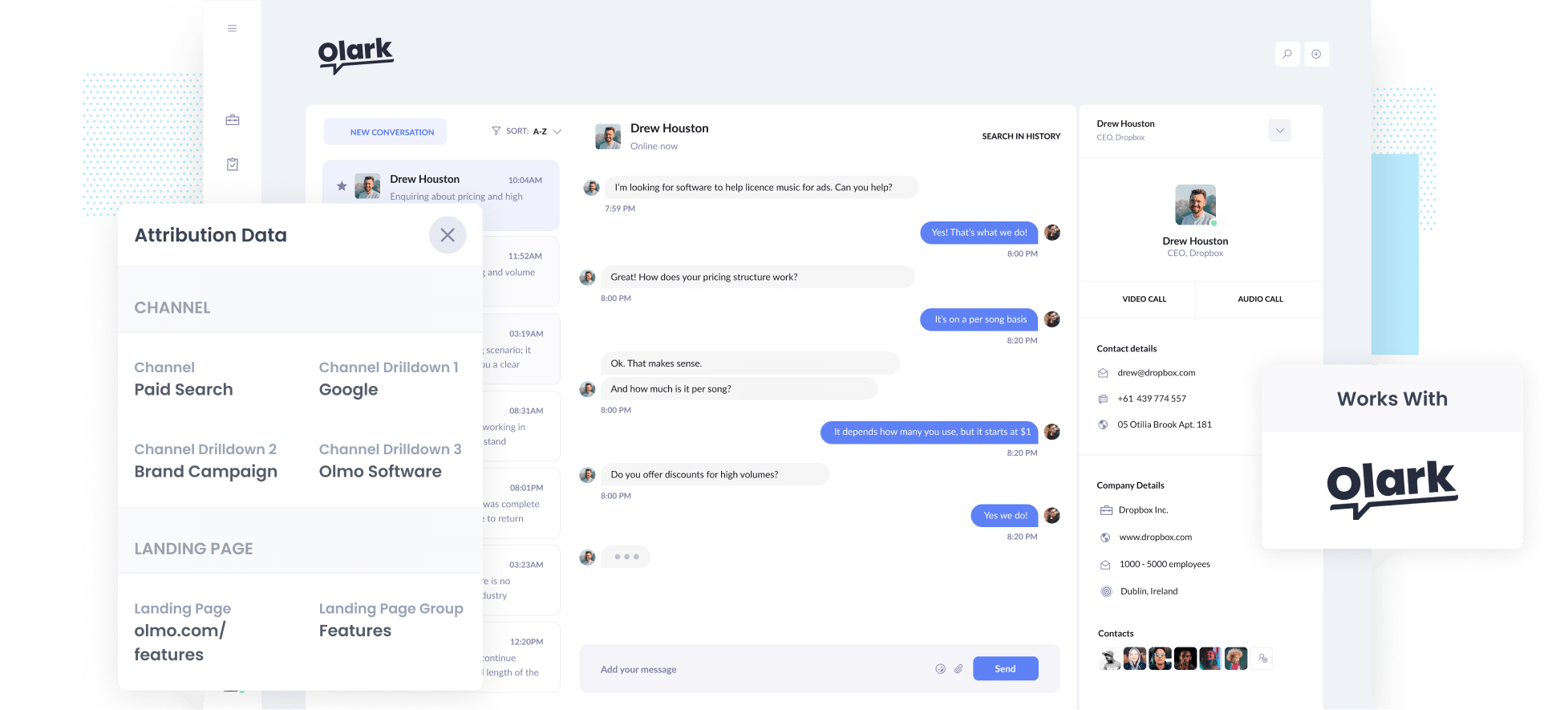
You’ve got Olark running on your site, chatting with visitors and answering their questions. But when those conversations turn into leads or customers, you have no idea where those people originally came from. Did they find you through a Google search or click on one of your ads on Facebook? Without that data, it’s nearly impossible to know which marketing channels are driving the most leads and customers.
But imagine being able to see exactly how each lead first discovered your site (right inside Olark). And imagine if you could send that data to your CRM and run reports that show which channels and campaigns are generating your leads and customers.
In this post, we’ll show you how to use a tool called Attributer to capture Google Analytics data in Olark and send it to your CRM and other tools, so you can ultimately understand which of your marketing initiatives are working best.
4 steps for capturing Google Analytics data in Olark
When you use Attributer, capturing Google Analytics data in Olark is straightforward. All you’ll need to do is follow these four steps:
1. Add the Attributer code to your website
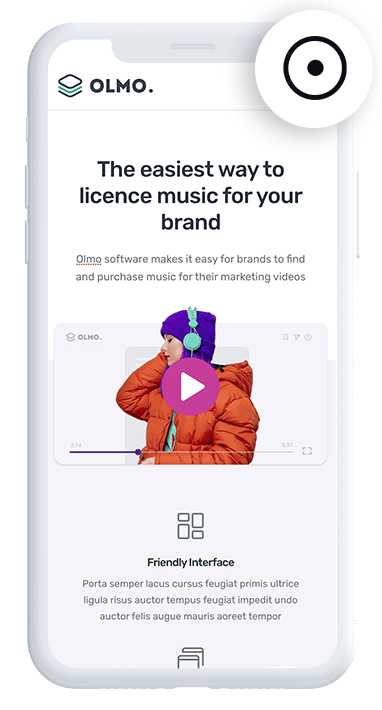
Getting started is simple. First, sign up for a free 14-day trial of Attributer. Once you’ve signed up, you’ll receive a small snippet of code to place on your website.
How you add it depends on the platform your site is built on. Many websites let you insert code directly through your dashboard or settings, but if you prefer, you can also use a tag manager like Google Tag Manager.
To make it even easier, we’ve created detailed, step-by-step guides for all the major website builders. You can check them out here.
2. Attributer automatically passes through Google Analytics data with each new chat
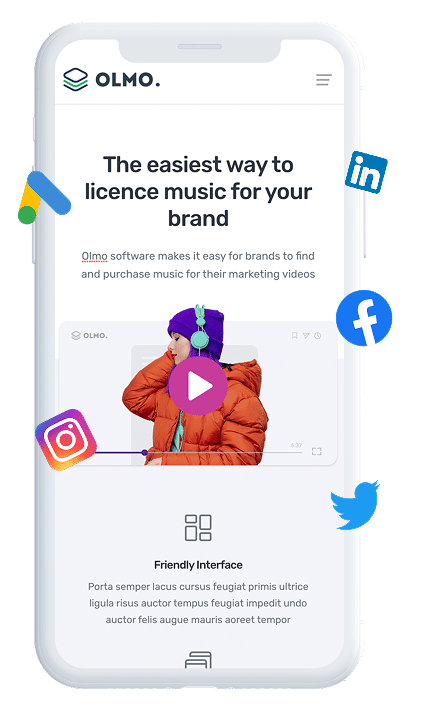
When someone starts a chat on your website, Attributer automatically captures how they first found your business.
For example, imagine you work at Clear Books, an online accounting software company. A small business owner searches on Google for “easy invoicing software,” clicks one of your ads, lands on your site, and starts a chat asking about subscription options. Attributer would capture the follwing information (depending on the UTM parameters you put behind your ads):
- Channel: Paid Search
- Channel Drilldown 1: Google
- Channel Drilldown 2: Small Business Campaign
- Channel Drilldown 3: “easy invoicing software” (or whatever keyword they searched)
It also tracks the visitor’s first landing page (for example, www.clearbooks.com/features/invoicing) and the broader landing page group (/features).
With this data, you can see exactly which campaigns, keywords, and pages are generating leads, giving you the insight to focus your marketing where it works best.
3. Google Analytics data is captured in Olark and can be sent to other tools
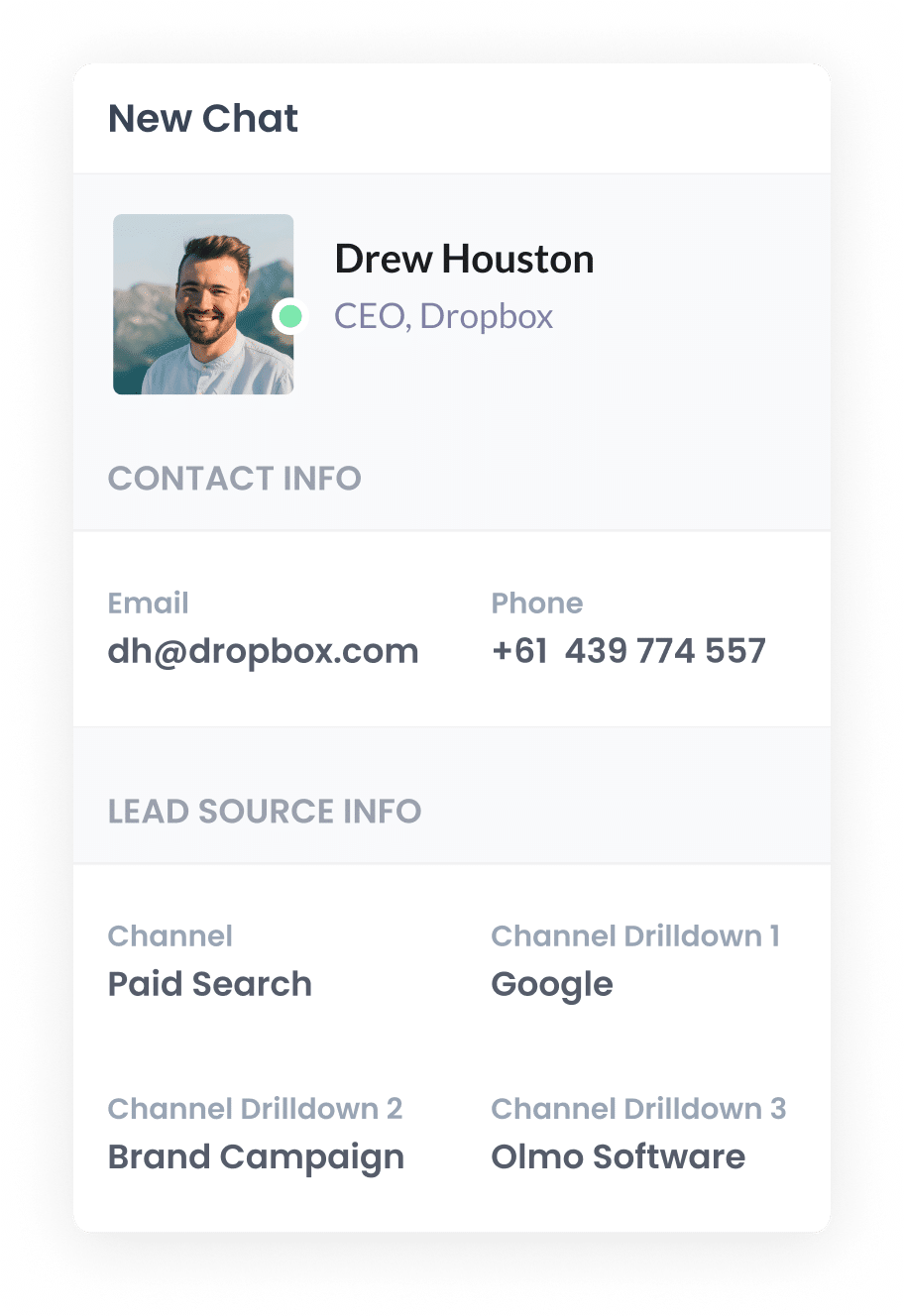
Once the Attributer data has been passed through into Olark, you can see it right alongside the chat inside your Olark dashboard.
You can also take advantage of Olark’s built-in integrations with CRMs like Salesforce and HubSpot to automatically create new contacts or leads, complete with the Google Analytics information.
If your CRM isn’t directly supported, you can use automation tools like Zapier to send lead data to other platforms, add it to a spreadsheet, and more.
4. Run reports to see where your leads are coming from
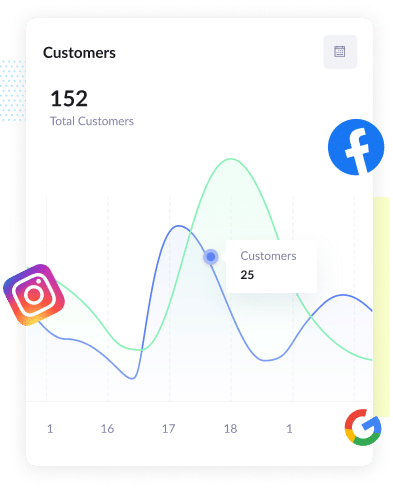
Finally, once the Google Analytics data is sent to your CRM or spreadsheet, you can start building dashboards and reports that show exactly which channels are driving your leads.
For example, you could create reports that show:
- How many new leads came from Google Ads
- Which Meta Ads campaigns are generating the mosnew customers
- How much new revenue has come from your organic search or SEO efforts
With this insight, it’s easy to see what’s working, where to invest more, and which campaigns might need adjusting.
What is Attributer and what data gets passed through?
Attributer is a small piece of code that you add to your website.
When someone visits your site, it checks where they came from and sorts them into Channels (kust like the ones you see in Google Analytics, such as Paid Search, Organic Search, Paid Social, Organic Social and more).
Then, when the visitor starts a chat via Olark, Attributer automatically sends this data along with the conversation.
It captures two crucial pieces of information about how the lead discovered your website:
1. Channel
Attributer shows you which Channel drove a lead to your site (like Paid Search, Paid Social, or Organic Search), and also provides deeper details through the Channel Drilldown fields.
For instance, imagine a potential client finds your accounting firm after clicking on one of your Google Ads. Attributer wouldn’t just record that they came from Paid Search; it could also capture the exact campaign, the specific ad they clicked, and even the keyword they used to find your firm.
This level of detail provides a clear picture of which marketing efforts are generating genuine leads and customers.
2. Landing Page
Attributer also tracks the very first page a visitor lands on, along with the broader category that page belongs to.
For instance, if a potential client first arrives at www.clearbooks.com/blog/financial-reporting, Attributer would record that exact URL along with the landing page group (which would be /blog in this case).
This gives you a clear picture of which types of pages, whether service pages, blog articles, team pages, etc. are generating the most leads. You can even drill down to see exactly how many leads each specific page brings in.
3 example reports you can run when you capture Google Analytics data in Olark
Before starting Attributer, I spent over 15 years leading marketing teams at various companies.
I spent countless hours running reports to understand which marketing activities were actually delivering results so I could determine where to focus our team’s time, how to allocate our budget, and what to prioritise to drive growth.
Below, I’ve pulled together three types of reports that proved especially useful.
1. Leads by Channel
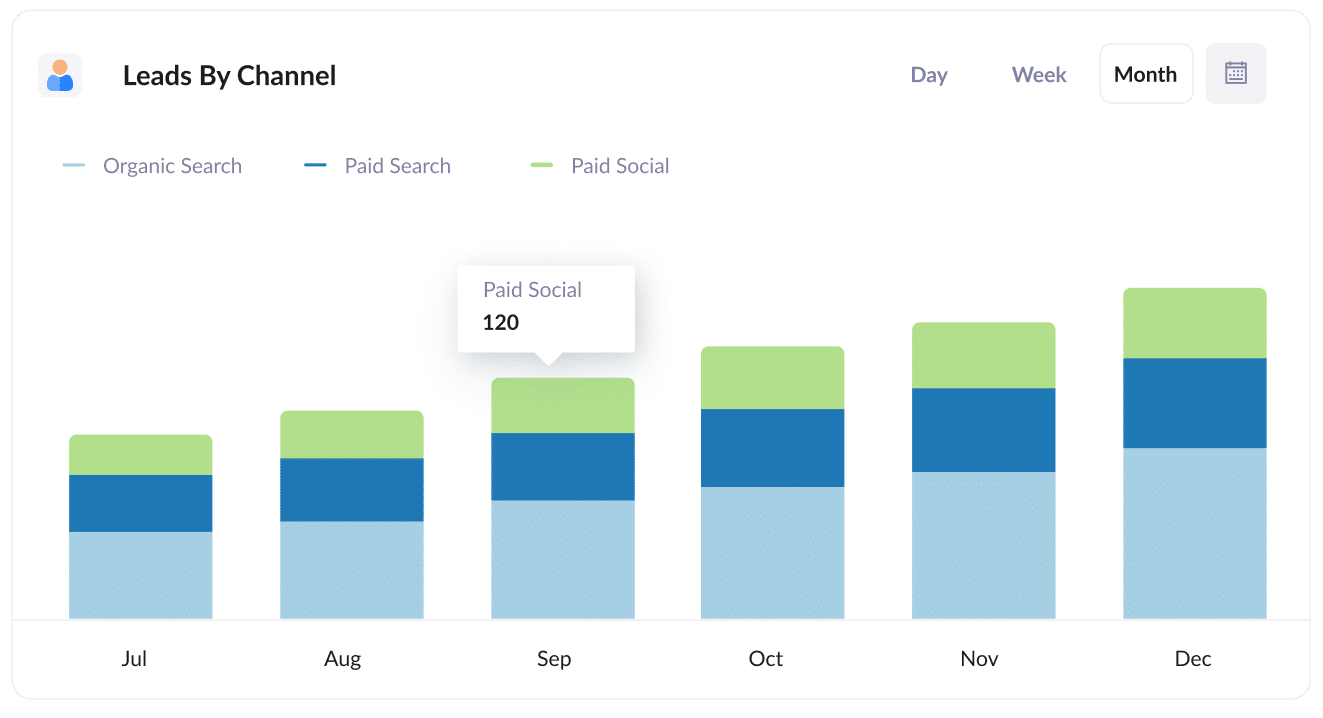
The Leads by Channel report gives you a clear view of how many leads you are getting each month and which marketing channels are bringing them in.
It makes it easy to see what is performing well and where there may be room for improvement.
For instance, if you notice most of your leads are coming from organic search while most of your budget is focused on paid ads, then there may be an opportunity to focus more on SEO and attract more leads (while reducing cost).
2. Customers by Meta Ads Network
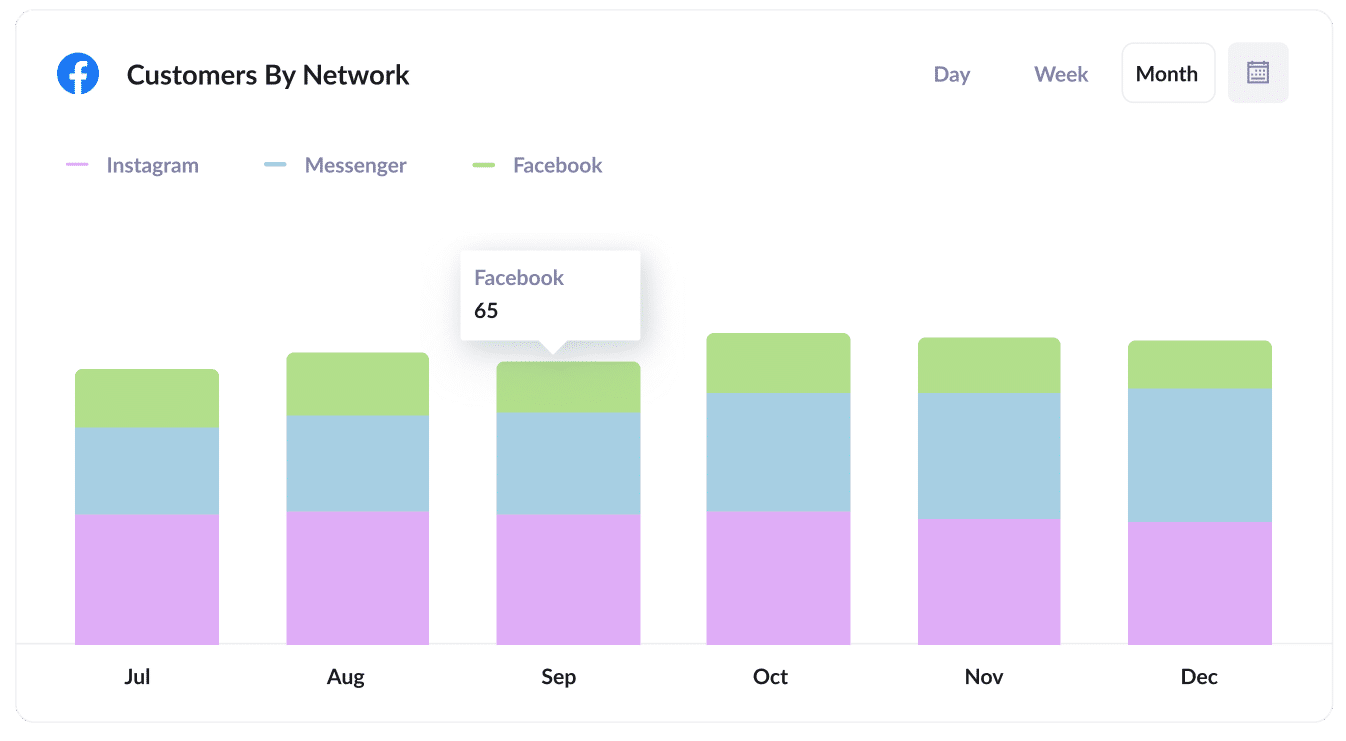
When you run ads on Meta, your campaigns can show up across multiple platforms: Facebook, Instagram, Messenger and WhatsApp.
To make the most of your ad spend, it’s important to see how each platform is performing individually. This report does exactly that, giving you a month-by-month view of how many new customers are coming from each network.
With this data, you can make smarter decisions about how to allocate your ad budget and hopefgully get more customers at a lower cost-per-customer.
3. Revenue from Organic Search by search engine
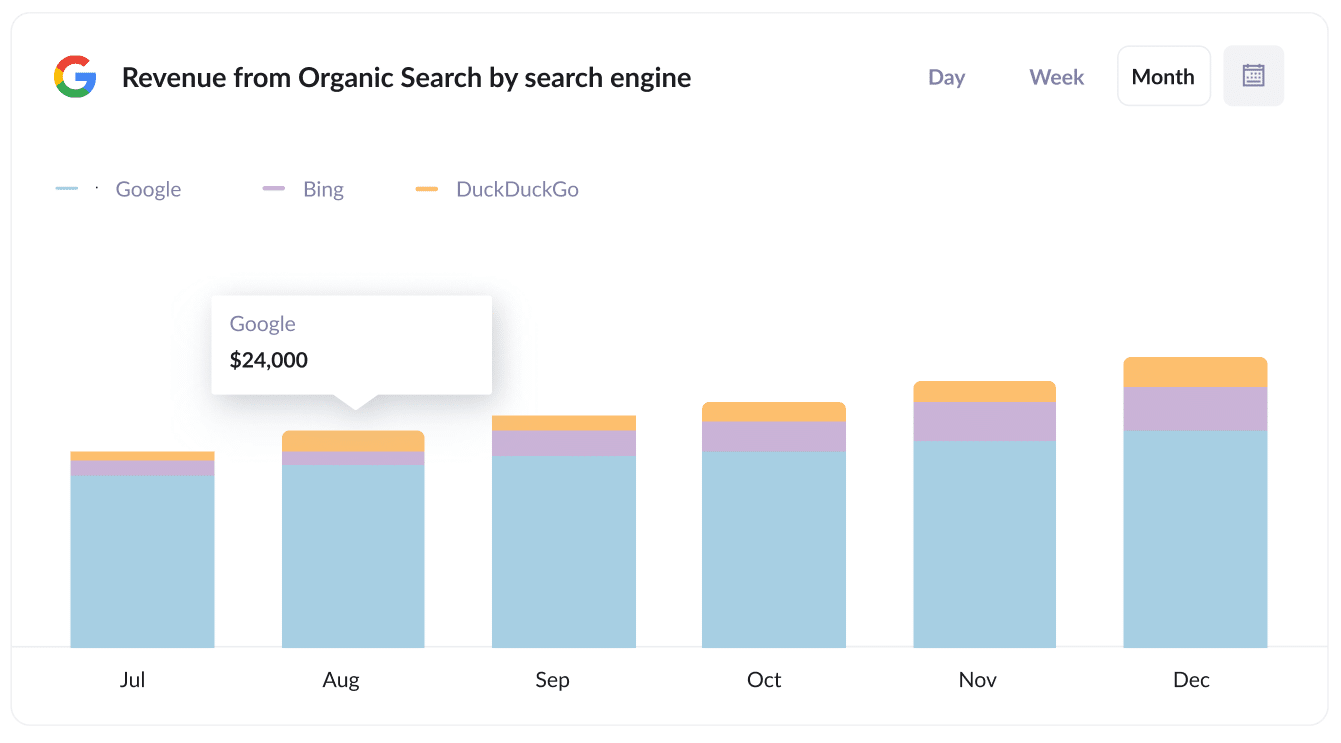
This report shows the revenue coming from customers who began a chat after discovering your site through Organic Search. It also breaks the data down by search engine (such as Google, Bing, DuckDuckGo and more).
With this report, you can get a true understanding of whether your SEO efforts are paying off and whether your results are improving over time.
Wrap up
Attributer makes it simple to capture Google Analytics data with every new chat in Olark.
And if you send the data to your CRM or other tools, you can use it to create reports that show which of your marketing efforts are driving the most leads, customers, and revenue.
And the best part? You can get started for free and setup takes less than 10 minutes. So try it out today!
Get Started For Free
Start your 14-day free trial of Attributer today!

About the Author
Aaron Beashel is the founder of Attributer and has over 15 years of experience in marketing & analytics. He is a recognized expert in the subject and has written articles for leading websites such as Hubspot, Zapier, Search Engine Journal, Buffer, Unbounce & more. Learn more about Aaron here.
